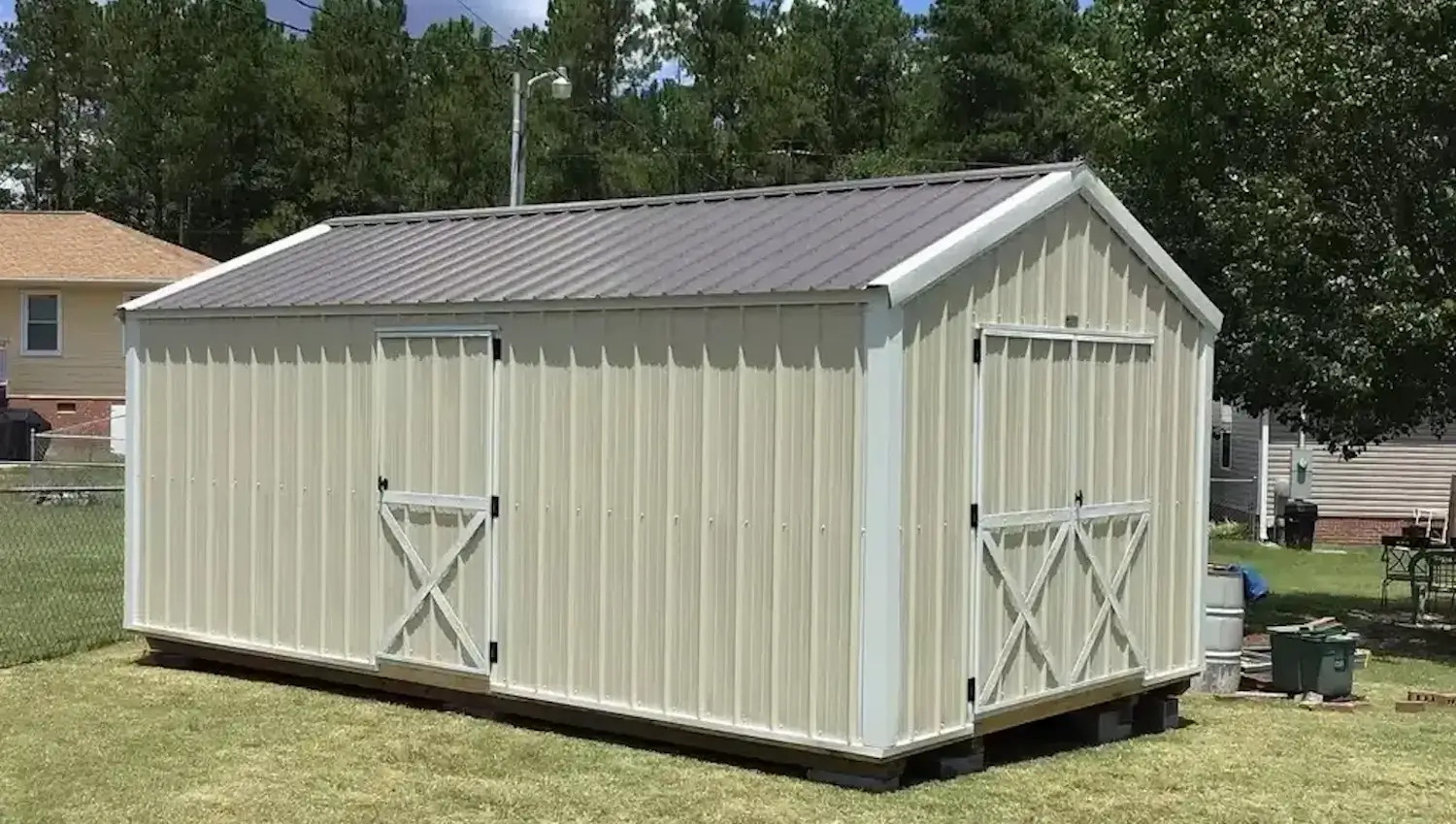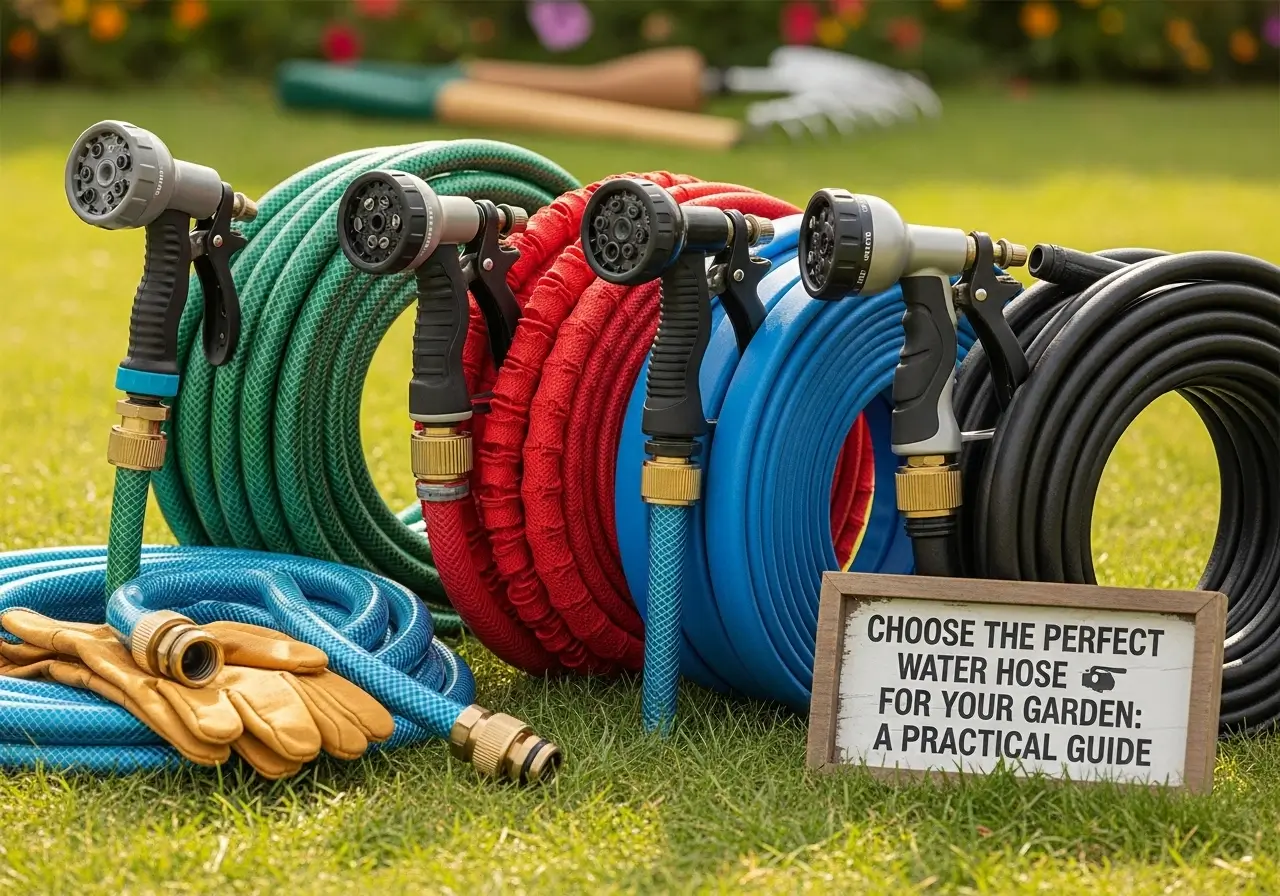
August 24, 2025

Every garden demands water, and a watering can is not enough for many folks. Moving water around is a hassle and time-consuming when a lawn, flower beds or vegetable patch is large. That’s why people really need a water hose. It speeds up, eases and improves watering. But not all hoses are created equal, and using the wrong one can cause more harm than good. Leaks, kinks and cumbersome hoses that are difficult to maneuver can quickly turn the simplest task into a nightmare.
The perfect water hose can make gardening enjoyable rather than a chore. A long-lasting hose is maintained in the sun and the weather. Kink-free water hose reviews reveal that they eliminate interruptions to the water flow. The right size and length ensure that it delivers enough water without wasting pressure. Great storage options also keep the hose tidy when not being used and prevent damage to the hose.
When it comes to water hoses, the type of material and construction can make a huge difference in how the hose works and how long it will last. There are advantages and disadvantages to every type of hose:
Not every garden needs the same kind of hose. Below are the most common hose types and when each one works best.
This is the water hose people are typically familiar with. It is available in several different materials like vinyl, rubber, and reinforced blends. A regular hose is great for getting day-to-day jobs done, such as filling up watering cans, washing tools and watering garden beds. It is the most adaptable option and is good for most home gardens.
A soaker hose has small holes or is made of a porous material, and it releases water slowly over its entire length. Gardeners frequently put it on the surface or below mulch in an effort to deliver water straight to the soil and roots. This makes it a good option for vegetable gardens or flower beds that require consistent soaking. It is also very water-efficient.
This hose is flat with pre-made holes on the top side. When water moves through it, the hose showers water up, as if a line of tiny sprinklers. It is great for the irrigation of large and flat areas, like lawns and fields.
A coiled hose uncoils in the same manner as a spring and self-coils for storage when no longer in use. It's lightweight, storable, and doesn't occupy much space. It also makes it perfect for those with smaller gardens, patios or balconies as space is at a premium. However, it is not suitable for long distances.
Flat hoses resemble fire hoses. They're light and fold flat when not in use, and are simple to roll up and store. They’re fine for light watering jobs, but may not hold up as long as more robust versions, especially if they get dragged around on rough ground.
For more challenging tasks, a heavy duty hose can handle the work. These tubes are usually constructed of sturdy rubber or other reinforced materials. They can withstand more water pressure and also hot water in general. This type is made for landscapers, farmers or any person who has to water large areas regularly.
Selecting the correct size of water hose is just as crucial as selecting the material. The wrong size will make watering more difficult than it has to be — too short, and it doesn’t reach; too long, and it is heavy, awkward and may even impede the flow of water. Experts consider length, diameter and ply the three main things to consider.
Standard water hoses are available in four lengths such as 25, 50, 75 and 100 feet.
A hose should be long enough to reach the farthest point, and not much longer. A longer length makes it heavier and reduces water pressure.
It is the diameter of the pipe that determines the amount of water being carried through the hose.
Ply means how many layers a hose has. The more layers, the stronger and more durable the hose becomes.
By precisely matching hose length, diameter and ply to the garden’s demands, a gardener can keep water running smoothly, minimize handling and prolong hose lifespan.
The best garden water hose for high pressure may depend on how and where the user uses it. A balcony garden does not need the same kind of hose that a large yard or commercial site does. To provide a solution to various needs, Growcycle has some great offerings such as:
The Plastair Springhose is perfect for homeowners who need something small and durable that can be easily stored.
This hose excels at situations where compact storage and good mobility are more important than high volume or long reach.
The Element Super G offers a strong and flexible construction without the weight.
This hose is a good all-around blend of durability and comfort for homeowners.
For the most demanding tasks, the Continental Contractor Hose offers professional-grade toughness.
This hose isn’t about convenience but it’s about maximum strength and performance.
A water hose is only as good as the parts connected to it. The correct fittings can improve efficiency, prevent damage, and increase the life of the hose.
The coupling is the end piece of the hose that connects to the water source or to another hose.
Nozzles control how the water comes out of the hose. Different varieties are appropriate for different roles.
Additional add-ons like hose splitters, quick connectors, or watering wands can add to the convenience. These items allow gardeners to switch tasks with ease, water hard-to-reach areas and connect more than one hose at a time.
Performance is just as important as size or material when purchasing a water hose. A hose that is always kinking, or too heavy to move, or wears out quickly can make watering frustrating.
Kinking is also one of the most frequent complaints about hoses. A kink inhibits the flow of water and can eventually result in damage to the hose.
It’s more convenient to drag a hose around corners, across the yard or between garden beds when the hose is flexible.
Expandable hoses have gained so much popularity due to their ease of transportation.
If well-maintained, a water hose can last for many years. Without proper upkeep, even the best hose will deteriorate rapidly.
Watering is key to growing practically everything in the garden, and the right hose makes this work much easier. A good hose saves time, keeps plants healthy, and takes away the stress of dealing with leaks or kinks. The right length, diameter and layers allow a hose to perform better and last longer.
Growcycle provides durable water hoses for all purposes, such as a space-saving coiled hose for a small patio, or a heavy-duty hose to get the job done in a large yard or at work as a professional. By choosing the right kind and maintaining it, any gardener can experience trouble-free watering, healthier plants and a hose that works season in and season out.
Disclaimer: This material is for informational purposes only and should not be relied on for legal, medical, financial, or any other form of professional advice.
A ⅝-inch (inside) diameter standard rubber or hybrid hose works well for most home gardens and shorter lengths of 25 or 50 feet will be the easiest to handle.
Select a length only long enough to reach the farthest point in the yard. Extra-long hoses can be difficult to work with and they might also lower water pressure.
Store it on a reel or hanger, loosely coiled, not in any sharp bends. Opting for a reinforced or premium hose also eliminates kinks.